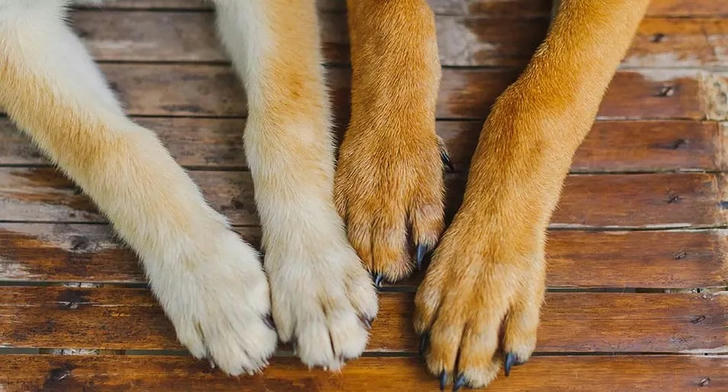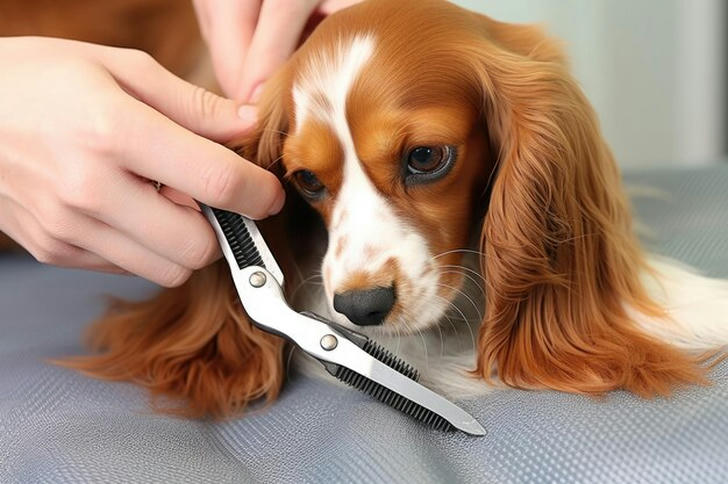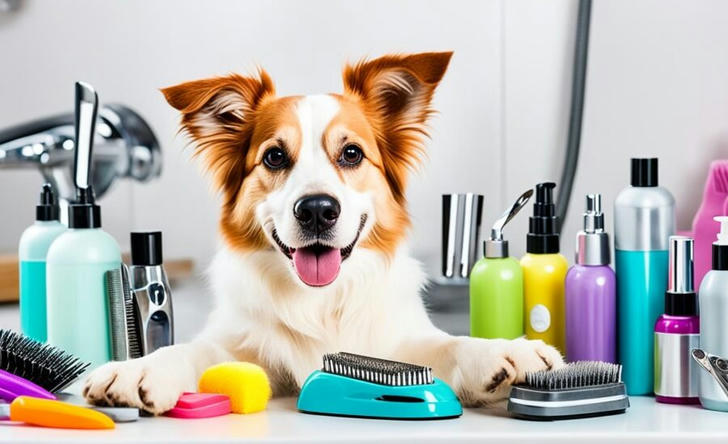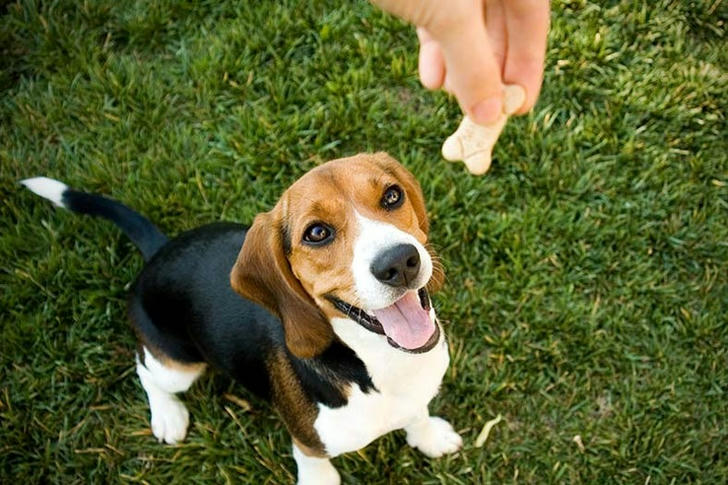How Often Should You Trim Your Pet’s Paws? Expert Grooming Advice
Proper paw trimming is a vital part of pet care that often gets overlooked. Regularly maintaining your pet’s paws not only enhances their appearance but also contributes to their overall health and comfort. In this article, we will explore how often you should trim your pet’s paws, why it’s important, and provide expert tips for effective grooming.

1. Understanding the Importance of Paw Trimming
Trimming your pet’s paws is essential for several reasons:
Prevention of Pain and Discomfort: Overgrown nails can lead to discomfort and pain, making it difficult for pets to walk or run. They may also cause injuries to the paw pads or even lead to joint problems over time.
Improved Hygiene: Regular trimming helps prevent dirt, debris, and bacteria from accumulating under the nails, reducing the risk of infections.
Behavioral Benefits: Pets with uncomfortable nails may exhibit behavioral issues, such as irritability or reluctance to exercise. Regular trimming helps keep them happy and active.
Protection of Furniture and Floors: Long nails can scratch floors, furniture, and other surfaces in your home. Regular trimming can help maintain your living environment.
2. How Often Should You Trim Your Pet’s Paws?
The frequency of paw trimming can vary based on several factors, including your pet’s breed, age, activity level, and living environment. Here are some general guidelines:
Dogs: Most dogs need their nails trimmed every 3 to 6 weeks. Breeds that are less active, such as small lap dogs, may require more frequent trims due to less natural wear on their nails. On the other hand, active dogs that frequently walk on hard surfaces may wear down their nails naturally and require less frequent trimming.
Cats: Generally, cats should have their claws trimmed every 2 to 4 weeks. Indoor cats are more likely to require regular trimming, as they may not have the opportunity to naturally wear down their claws.
Senior Pets: Older pets may need more frequent trims due to decreased activity levels. Regularly check their nails, as they may not wear down as quickly as they once did.

Example:
A Labrador Retriever that enjoys daily walks on concrete might only need trimming every 6 weeks, while a Dachshund that primarily stays indoors may need it every 3 weeks.
3. Signs Your Pet Needs a Trim
Knowing when to trim your pet’s paws is crucial. Here are some signs that indicate it's time for a trim:
Visible Length: If you can hear your pet’s nails clicking on the floor, they are likely too long and need trimming.
Splaying of Toes: Long nails can cause the toes to splay out, affecting your pet’s natural stance and comfort.
Discomfort: If your pet seems to be favoring a paw, is reluctant to walk, or shows signs of pain when walking, it may indicate that their nails are too long.
Nail Curls: In extreme cases, nails can curl and dig into the paw pads, causing injury and infection.
4. How to Trim Your Pet’s Paws Safely
Trimming your pet’s paws can seem daunting, but with the right tools and techniques, it can be a straightforward process. Here’s a step-by-step guide to ensure safe and effective trimming:
Step 1: Gather Your Supplies
Before starting, gather the necessary tools:
Nail Clippers: Use pet-specific clippers, either scissor-type or guillotine-style, depending on your preference.
File or Grinder: A nail file or electric grinder can smooth rough edges after trimming.
Styptic Powder: This is helpful in case you accidentally cut too close to the quick (the sensitive part of the nail).
Treats: Have some treats on hand to reward your pet for their cooperation.

Step 2: Prepare Your Pet
Choose a Calm Environment: Find a quiet space where your pet feels comfortable. You may want to use a grooming table or a non-slip surface.
Get Them Comfortable: Allow your pet to sniff the tools and get accustomed to your presence. Calmly pet them to ease any anxiety.
Step 3: Positioning
For Dogs: Hold your dog’s paw firmly but gently. If they’re large, you might want to have them lie down or sit. For small dogs, you can hold them in your lap.
For Cats: Gently hold the cat’s paw and apply light pressure to extend the claws.
Step 4: Trim Carefully
Identify the Quick: In light-colored nails, the quick is the pink area. Avoid cutting into the quick as it will bleed and cause pain. If the nails are dark, trim small bits until you see a shiny surface—this indicates you’re close to the quick.
Trim the Tip: Start by trimming the tip of each nail at a 45-degree angle. If using a grinder, hold the paw steady and grind until the desired length is achieved.
Check Each Paw: Make sure to check and trim all four paws.
Step 5: Reward and Comfort
Offer Treats: After finishing, reward your pet with treats and praise. This positive reinforcement will help them associate trimming with a good experience.
Stay Calm: If your pet gets anxious, take breaks and reassure them. Never force the process, as this can lead to fear or resistance in the future.

5. Tips for Making Paw Trimming Easier
Start Early: If possible, introduce paw trimming when your pet is young. Early exposure will help them get used to the process.
Use Desensitization Techniques: Gradually desensitize your pet to having their paws handled. Spend time just touching their paws without trimming to build comfort.
Maintain a Schedule: Regularly scheduled trims will make the process easier and reduce the amount of nail to cut each time.
Consider Professional Help: If you are uncomfortable trimming your pet’s paws, consult a professional groomer or veterinarian. They can demonstrate the process and help maintain your pet’s paw health.
6. Conclusion
Regular paw trimming is essential for the health and comfort of your pet. Understanding how often to trim, recognizing the signs of overgrown nails, and following safe grooming practices can make a significant difference in your pet’s well-being. With patience, the right tools, and a consistent schedule, you can ensure that your pet’s paws remain healthy and pain-free. Remember, a well-groomed pet is a happy pet!
